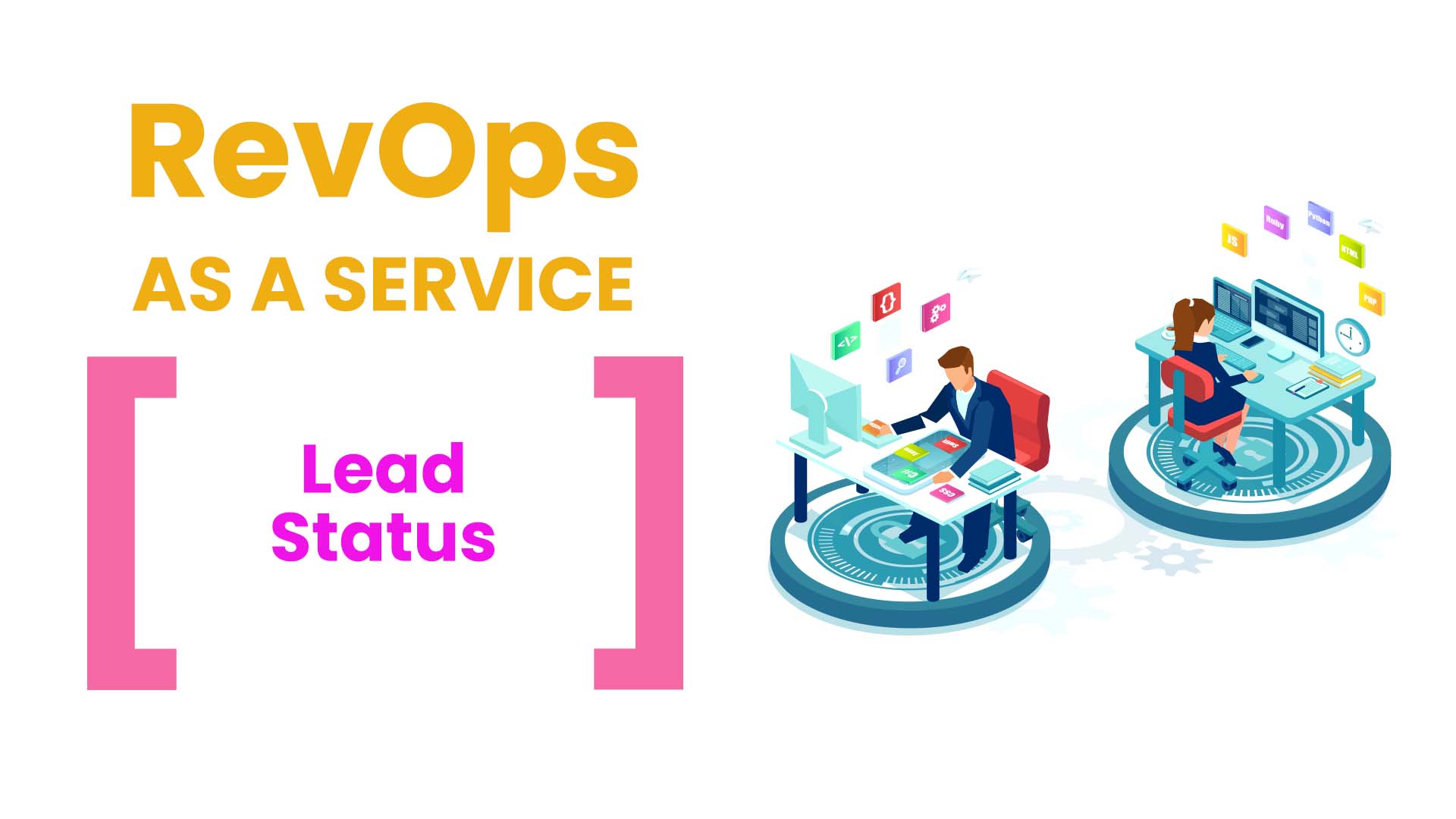HubSpot is known for its powerful marketing, sales, and service tools. It's a versatile CRM that has helped countless small and medium-sized businesses grow and thrive. But when it comes to large enterprises, the road to successful HubSpot adoption can be a bit rockier. This is what we at Real Inbound call the "HubSpot Adoption Gap" in enterprise organisations—a unique set of challenges that larger businesses face when trying to implement and fully utilise HubSpot across vast, complex structures.
In this article, we’ll dive deep into the specific obstacles that larger enterprises encounter and offer actionable solutions to close this adoption gap. We’ll cover everything from siloed departments and complex data management to leadership buy-in and how to ensure long-term success with HubSpot.
Why Enterprise Organisations Struggle with HubSpot Adoption
1 Siloed Departments and Fragmented Communication
In larger enterprises, departments often operate as individual entities with their own processes, tools, and objectives. Sales, marketing, and customer service teams might work in silos, leading to fragmented communication and data inconsistency.
The Problem: When each department operates in isolation, it becomes challenging to get everyone on the same page. This fragmentation can prevent a unified approach to using HubSpot's features, resulting in incomplete adoption and inefficient workflows.
The Solution: To close this gap, enterprises need to foster cross-departmental collaboration. This means implementing a top-down approach where leadership actively promotes a culture of alignment. Organise regular inter-departmental meetings to discuss how HubSpot will serve as a central hub for customer data and how each team can benefit from shared insights. Using HubSpot's features like shared dashboards, automated workflows, and collaborative projects can facilitate this alignment.
2 Complex Data Management
Large organisations deal with massive volumes of data spread across different systems. Integrating this data into HubSpot can be a Herculean task, especially when it comes to cleaning, importing, and maintaining data integrity.
The Problem: Poor data quality can severely hamper HubSpot adoption. Inconsistent, outdated, or duplicated data can lead to a lack of trust in the system, causing teams to revert to old habits rather than fully embrace HubSpot.
The Solution: Enterprises must invest in a comprehensive data strategy. Start by conducting a full data audit to identify gaps, inconsistencies, and duplicates. Use HubSpot's data management tools to clean and organise this data before importing it. To maintain data integrity, set up standard operating procedures (SOPs) for data entry, utilise HubSpot's automation features for data updates, and regularly monitor data quality with scheduled audits. By ensuring the data in HubSpot is accurate and up-to-date, teams are more likely to trust and rely on the system.
3 Leadership Buy-In and Change Management
Adopting HubSpot on an enterprise scale requires a significant change in processes and mindset. Without strong leadership buy-in, these changes can meet resistance from employees accustomed to existing workflows.
The Problem: If leadership doesn't fully support the adoption of HubSpot, it's challenging to drive company-wide engagement. This lack of support can result in teams only using parts of the system, leading to incomplete adoption.
The Solution: Effective change management starts at the top. Leaders need to actively champion the HubSpot adoption process, clearly communicate its strategic value, and set expectations for its use. This means aligning HubSpot's implementation with the organisation's overall business objectives. Leaders should participate in HubSpot training sessions, use the platform themselves, and ensure that the new processes are integrated into performance metrics and KPIs. By modelling the change they wish to see, leaders can foster an environment where teams are encouraged to fully embrace HubSpot.
4 Tailored Onboarding and Continuous Training
While HubSpot offers robust onboarding, enterprises often require a more tailored approach due to their unique complexities.
The Problem: Standard training programs might not address the specific needs of different teams within an enterprise. This can lead to underutilisation of HubSpot's features, leaving potential benefits on the table.
The Solution: Enterprises should develop a customised onboarding plan that addresses the specific needs of each department. This includes conducting role-based training sessions that go beyond the basics. For example, sales teams might need in-depth training on pipeline management and automated lead scoring, while marketing teams might focus on advanced analytics and campaign automation. Continuous training should also be a part of the plan. As HubSpot evolves and new features are introduced, ongoing training ensures that teams remain up-to-date and can fully leverage the platform's capabilities.
5 Integration with Existing Systems
Enterprises typically use a variety of tools and platforms across their departments. Integrating HubSpot into this existing tech stack can be challenging.
The Problem: A lack of integration can result in data silos and inefficiencies, forcing teams to manually transfer data between systems. This not only slows down processes but also increases the risk of errors.
The Solution: Identify the key systems that need to be integrated with HubSpot, such as CRM software, marketing automation tools, or customer support platforms. Use HubSpot's native integrations, API, or third-party tools like Zapier to establish seamless data flows between these systems. Ensure that integrations are set up to synchronise data automatically and in real time, reducing manual effort and minimising errors. Proper integration not only streamlines processes but also enhances data consistency across the organisation.
6 Measuring Adoption and Performance
For enterprises, measuring the success of HubSpot adoption is more complex due to the scale of operations and the diverse metrics each department might be tracking.
The Problem: Without a clear way to measure adoption, it’s difficult to identify areas of improvement or celebrate successes. This lack of visibility can lead to disengagement and inconsistent usage across teams.
The Solution: Develop a comprehensive Management Control System (MCS) to monitor HubSpot adoption across the enterprise. This system should include key performance indicators (KPIs) tailored to each department. For instance:
- Sales: Track metrics like deal closure rate, pipeline velocity, and usage of sales automation features.
- Marketing: Measure metrics such as lead conversion rates, campaign performance, and content engagement.
- Customer Service: Monitor ticket resolution times, customer satisfaction scores, and usage of the Service Hub features.
Regularly review these metrics in leadership meetings to assess the progress of HubSpot adoption and identify areas for improvement. Use HubSpot’s dashboards and reporting tools to create visual representations of these KPIs, making it easier for teams to understand their performance and where they need to focus.
7 Sustaining Long-Term Momentum
HubSpot adoption isn’t a one-time event; it’s an ongoing journey. Enterprises must sustain momentum to ensure HubSpot continues to drive value over time.
The Problem: Once the initial excitement of HubSpot implementation fades, teams may gradually revert to old habits, leading to a decline in usage and a widening of the adoption gap.
The Solution: To maintain long-term momentum, create a culture of continuous improvement. This can be achieved through:
- Regular Training: Offer ongoing training sessions to keep teams updated on new features and best practices.
- Feedback Loops: Implement feedback mechanisms where teams can share their experiences, challenges, and suggestions for improving HubSpot usage.
- Celebrating Success: Recognise and reward teams or individuals who demonstrate excellence in using HubSpot. Highlight success stories that showcase the tangible benefits of full HubSpot adoption.
By fostering a culture that values learning and improvement, enterprises can ensure that HubSpot remains a vital tool in their operational toolkit.
MORE READING: Starship Sales Enterprise HubSpot A True Enterprise-Grade CRM
Overcoming Common Enterprise Challenges with Real Inbound's Framework
At Real Inbound, we’ve worked with various enterprises facing these challenges and have developed a robust framework to help close the HubSpot Adoption Gap. Here’s how we address these common pain points:
1 Aligning Teams and Leadership
We facilitate workshops that bring together sales, marketing, and customer service teams along with leadership. These sessions focus on aligning goals, defining shared metrics, and establishing a unified vision for how HubSpot will support business objectives. By creating an environment of collaboration, we ensure everyone understands the strategic value of HubSpot and their role in its adoption.
2 Customised Onboarding and Training
Our tailored onboarding process involves creating specific training programs for different departments. This ensures that each team receives the training they need to make the most of HubSpot's features. We don’t just focus on the initial implementation; we provide continuous training to keep everyone updated and engaged.
3 Building a Management Control System (MCS)
We work closely with enterprises to build a comprehensive MCS. This system includes customised dashboards, regular performance reviews, and action plans that keep teams accountable. By monitoring key metrics, leadership can track adoption progress, identify areas of improvement, and make data-driven decisions to optimise HubSpot usage.
4 Integration and Data Management
Our team helps enterprises integrate HubSpot seamlessly with their existing systems. We conduct a full data audit, clean the data, and set up integrations to ensure that information flows smoothly between HubSpot and other tools. This streamlines processes, enhances data consistency, and reduces manual work for teams.
5 Driving Long-Term Success
To ensure sustained success, we help enterprises develop a culture of continuous improvement. Through regular training, feedback loops, and internal campaigns, we foster an environment where HubSpot adoption is celebrated and encouraged. By keeping teams motivated and engaged, we ensure that HubSpot remains a central tool in driving business growth.
Conclusion: Turning Challenges into Opportunities
The HubSpot Adoption Gap in enterprise organisations is real, but it’s not insurmountable. By understanding the unique challenges that larger businesses face and implementing tailored strategies to overcome them, enterprises can fully leverage HubSpot’s capabilities and drive transformative results.
At Real Inbound, we've seen first-hand how overcoming these challenges can turn HubSpot into a powerful engine for growth. By fostering cross-departmental collaboration, implementing effective data management practices, securing leadership buy-in, and investing in continuous training and improvement, enterprises can close the adoption gap and unlock the full potential of HubSpot.






